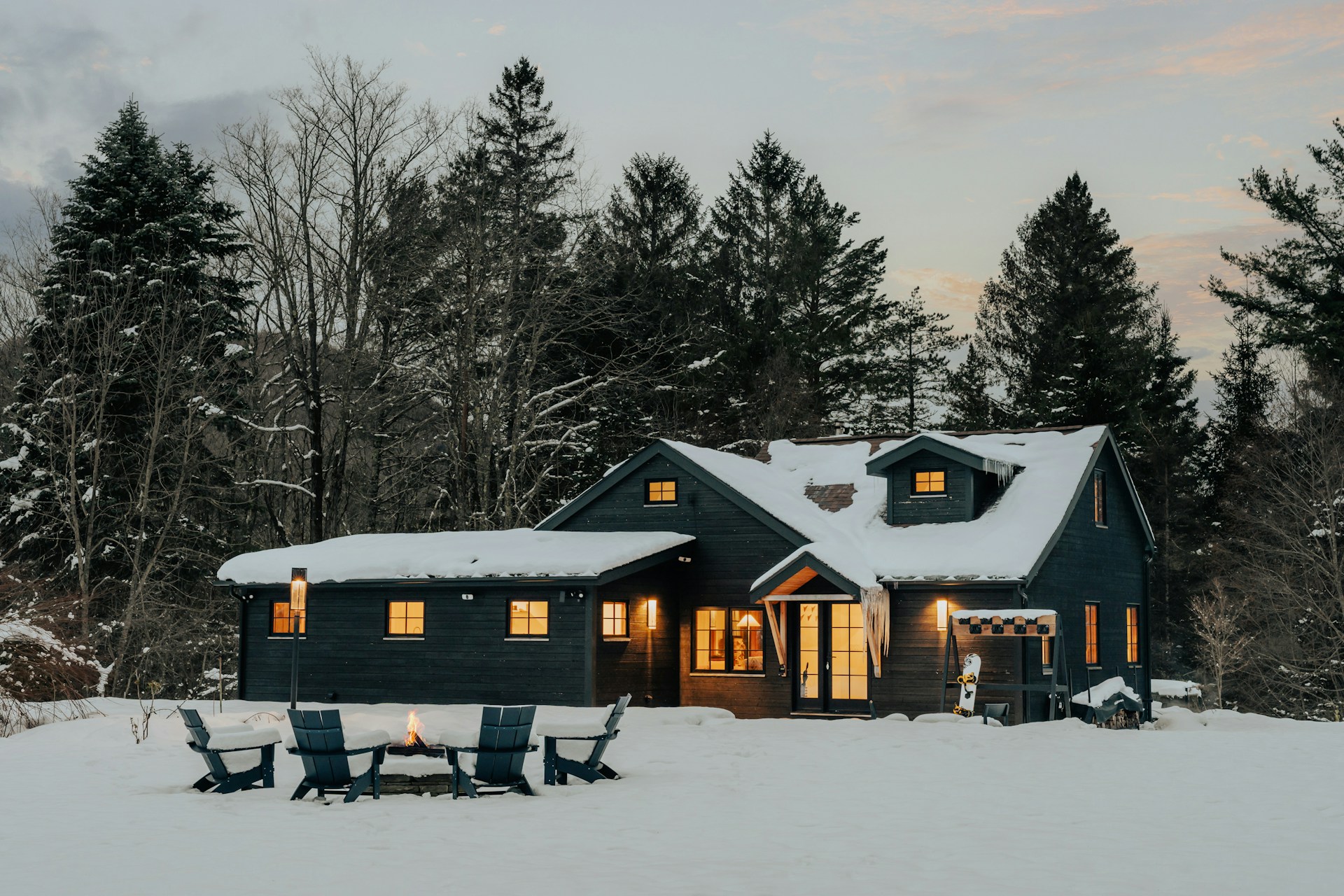Welcome to our comprehensive guide on achieving superior insulation for your cottage. At Panda Insulation, we understand the importance of optimizing your cottage’s insulation to ensure year-round comfort and energy efficiency. In this guide, we will delve into various aspects of cottage insulation, including the benefits, types of insulation, installation techniques, maintenance tips, and frequently asked questions. By implementing the insights shared here, you can significantly enhance the insulation of your cottage, creating a cozy and energy-efficient retreat.
The Benefits of Upgrading Cottage Insulation
Proper insulation in your cottage offers numerous advantages that go beyond comfort. Let’s explore some of the key benefits:
Energy Efficiency and Cost Savings
Enhancing your cottage’s insulation helps minimize heat transfer, which reduces the need for excessive heating or cooling. By retaining indoor temperatures more effectively, you can significantly reduce energy consumption and lower utility bills.
Improved Comfort and Temperature Regulation
Insulation acts as a barrier, preventing outdoor temperatures from affecting the indoor environment. Upgrading your cottage’s insulation ensures consistent temperatures throughout the year, providing optimal comfort for you and your guests.
Noise Reduction
High-quality insulation helps dampen external noises, creating a quieter and more peaceful living space inside your cottage. Whether you’re trying to relax, work, or spend quality time with loved ones, reduced noise levels contribute to a more serene ambience.
Environmental Friendliness
Reducing energy consumption through proper insulation contributes to a greener environment. By conserving energy, you can decrease your carbon footprint and play a part in sustainable living.
Exploring Different Types of Cottage Insulation
To achieve superior insulation in your cottage, it’s essential to choose the right type of insulation material. Here are some popular options:
1. Fibreglass Insulation
Fibreglass insulation is a widely used and cost-effective option. It consists of fine glass fibres that trap air pockets, inhibiting heat transfer. This type of insulation is available as batts, rolls, or loose-fill. Its versatility makes it suitable for various areas, including walls, attics, and crawl spaces.
2. Spray Foam Insulation
Spray foam insulation provides exceptional thermal performance and is ideal for sealing gaps and cracks in the cottage’s structure. It expands upon application, filling every nook and cranny to create an airtight barrier. This type of insulation is particularly effective in preventing air leaks and moisture intrusion.
3. Cellulose Insulation
Made from recycled paper products, cellulose insulation offers excellent thermal and sound insulation properties. It is treated with fire-retardant chemicals to enhance safety. Cellulose insulation is often used in attics and walls, providing an eco-friendly option for cottage insulation.
4. Rigid Foam Insulation
Rigid foam insulation is known for its high insulating value and moisture resistance. It comes in rigid panels or boards and is commonly used in foundations, basements, and exterior walls. Rigid foam insulation effectively reduces heat transfer and helps maintain stable indoor temperatures.
Installation Techniques for Optimal Cottage Insulation
Achieving superior insulation goes beyond selecting the right material. Proper installation and insulation techniques are equally important. Let’s explore some effective techniques to maximize insulation performance in your cottage:
1. Air Sealing
- Before installing insulation, it’s crucial to seal any air leaks in your cottage. Air sealing helps prevent drafts, moisture intrusion, and heat loss.
- Common areas for air leaks include windows, doors, electrical outlets, and gaps around pipes. Use weatherstripping, caulking, or foam sealants to seal these openings.
2. Insulating Attic and Roof
- The attic and roof are significant areas of heat gain or loss in a cottage. Properly insulating these spaces can significantly enhance overall insulation performance.
- Install insulation batts or rolls in the attic, ensuring complete coverage. For roof insulation, consider spray foam insulation for a seamless and effective barrier.
3. Insulating Floors
Insulating the floors of your cottage can help maintain a comfortable indoor temperature and reduce heat loss. Here are some options:
- Subfloor insulation: Install insulation batts or rigid foam boards between the floor joists. This will prevent cold air from infiltrating the cottage through the floors.
- Rugs and carpets: Adding rugs or carpets to your cottage floors can provide an additional layer of insulation and improve overall comfort.
4. Insulating Pipes and Ducts
Pipes and ducts that run through unconditioned spaces such as crawl spaces, basements, or attics can contribute to heat loss. Insulating them can help conserve energy and prevent freezing. Consider the following:
- Pipe insulation: Wrap exposed pipes with pipe insulation sleeves or foam tape. This will prevent heat loss and reduce the risk of pipes freezing during colder months.
- Duct insulation: Insulate exposed ductwork with duct insulation wrap or rigid foam boards. This will minimize heat loss and improve the efficiency of your heating and cooling systems.
Frequently Asked Questions (FAQs)
Q: How can I determine if my cottage needs additional insulation?
A: Look for signs of heat loss, such as drafts, uneven temperatures, or high energy bills. Conducting an energy audit can also help identify areas that require additional insulation.
Q: Can I install insulation myself, or should I hire a professional?
A: While some insulation projects can be DIY-friendly, it’s recommended to consult a professional, especially for complex or hard-to-reach areas. They have the expertise to ensure proper installation.
Q: Which insulation material is the most eco-friendly?
A: Cellulose insulation, made from recycled paper fibres, is considered one of the most environmentally friendly options. It is renewable, non-toxic, and has a low carbon footprint.
Q: How long does insulation last in a cottage?
A: The lifespan of insulation depends on various factors, such as the material used and the installation quality. However, most insulation materials have a lifespan of 20 to 30 years.
Q: Will insulation make my cottage too hot during the summer?
A: Proper insulation regulates heat transfer, keeping your cottage comfortable year-round. It helps prevent excessive heat gain during the summer and retains cool air from air conditioning systems.




